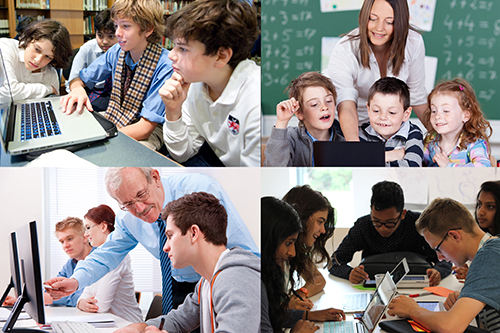
我们的世界是互相连接. 我们不再生活在偏远的社区. 与以往相比之前,我们是全球社区的一部分. 社交媒体创新使这个连接更容易与传递也被用于增强学习的每一天.
我们的全球教师博客们的先驱和创新等领域的技术集成, 数学辅导, 特殊需要教育, 科学教学, 和性别平等. 他们创办的学校, 书面课程, 并导致教室 13 跨越每一个的大陆伸展在地球上不同的国家. 这些教师赋予权力,并从几乎每一个背景丰富年轻人的生活想象.
今天 全球搜索教育, 我们的全球顶级教师博客分享自己的答案,这个月的问题: What are the best examples you have seen of teachers using social media to enhance learning?
Maarit罗西 (@pathstomath) from Finland says her school has partnered with the YLE’s (Finnish Broadcasting Company) News Class. It’s all part of a media education project in which students learn about journalism “under the guidance of professional journalists.” Maarit explains it’s a win-win situation for all. Teachers are able to have access to great resources and students get real world media experience. As for YLE, they “get a new dimension to their operations, the young people’s perspective of the world’s phenomena.” 阅读更多.
Your students are already caught in social media – so how do you compete for their attention? You don’t – just find them there! 伊利莎·格拉 (@ElisaGuerraCruz) from Mexico does just that. One of her amazing projects: she teamed up with a music teacher in New York and many adventures later, live concerts were held miles from each other. Skype, FaceTime and LiveStream all played a role. “Our Concert was far from perfect, but our audiences exploded in applause….” 阅读更多.
Referred by Todd Finley (finleyt) is Gerard Dawson (@GerardDawson3) from New Jersey who highlights the ways Twitter can be used to build a culture of reading among teachers and staff as well as among students. One example: his school librarian Amy gave each teacher a sign for their doors on which to post the book they were currently reading along with the unique hashtag: #HHSReads. The hashtag has become a place for teachers to share and discuss their books. Twitter can also be used by students to share and recommend books. 阅读更多.
达纳NARVAISA (@dana_narvaisa) recommends the perspectives of Oskars Kaulens (@Oskars_Kaulens) who discusses the benefits of blogging. Blogging motivates students to share their opinions on various topics. Blogs help develop writing skills and create online discussion. “They learn to be polite and be responsible for what they write online. My students have created culture diaries (online blogs) to write short references on cultural events they have attended.” 阅读更多.
Global Poetry Unites is all over Twitter right now for National Poetry Month, and Vicki Davis (@coolcatteacher) 从卡米拉, Georgia points out “…classrooms are participating from everywhere! Just look at the hashtag #ClrPoem on Twitter and you’ll see lots of kids involved in the current challenge to write a poem using the color red.” Check this out plus 9 other cool things Vicki has seen educators doing. 阅读更多.
Warren Sparrow’s (@wsparrowsa) school in South Africa has produced a learning platform for all students, which allows them to create their own social media accounts that the school can monitor, and to administer rights to the various learners. Students have the option to use either Google Apps for Education or Microsoft Office 365. They have managed to use a single sign-on so that “the students do not have to worry about logging onto the one account and then having to log into a different account to change platforms.” 阅读更多.
仪梅森 - 塞萨伊 (@EducAidSL) based in Sierra Leone reminds us that not all schools around the world have the good fortune to be able to use social media in a classroom setting yet. “With so many schools both in urban and rural settings lacking even the most basic amenities: toilets, blackboards, enough exercise books etc., the means to get online and participate in the global conversation about anything is well out of reach of even the most committed educators.” So what did EducAid’s teachers do during the Ebola crisis to engage youngsters with their education while schools were shut? 阅读更多.
Rashmi Kathuria (@rashkath), hailing from India, talks about the benefits of using closed Facebook groups to enhance learning. Students and teachers are able to “share important questions, post assignments, create discussions and share useful weblinks for learning a particular subject. 每年, I create a closed group with my students for doing the same.” 阅读更多.
Blogger at Large Beth Holland (brholland) recommends we check out Meghan Zigmond’s (@MeghanZigmond) 博客. And Zigmond really likes Pernille Ripp’s Global Read Aloud which connects classes through social media. “When a class participates they are invited to read books on a schedule, tweet their thinking, and even participate in chats on Twitter. Designated hashtags are an amazing way to facilitate this. Check out last year’s tag of #GRAAmy to see examples”. 阅读更多.
克雷格·坎普 (mrkempnz) highlights the value of Ed-Chats. Teachers are becoming more and more engaged in online chats through Social Media tools such as Twitter. During these online chat sessions, educators from all over the world can come together to discuss a topic, sharing resources, 文章, links etc. “This learning gets transferred directly into their learning environments and spread to improve student learning opportunities.” 阅读更多.
纳迪亚·洛佩斯 (@TheLopezEffect) shares the story of Julia DeCoteau, a 7th grade teacher at Mott Hall Bridges Academy who used social media to execute a non-fiction unit of study based on the book 我是马拉拉. The book tells the story of Malala, the remarkable young woman who was nearly killed because she advocated for girls to have access to education in areas like Pakistan. 女士. DeCoteau believed her students would be able to empathize with Malala’s story “because of their own experiences with daily violence and lack of equity that exist in a poor community such as Brownsville, Brooklyn.” Just prior to beginning the unit, loss of funding impacted the purchasing of the Malala books and it was at this point that social media became an essential tool. 阅读更多.
全球顶尖教师博客是每月的系列赛里在全球范围内提供教育经历而独特发生在今天的最重要的主题. CMRubinWorld 利用这个平台来传播我们的学习机构的最不可缺少的人的声音, 教师.
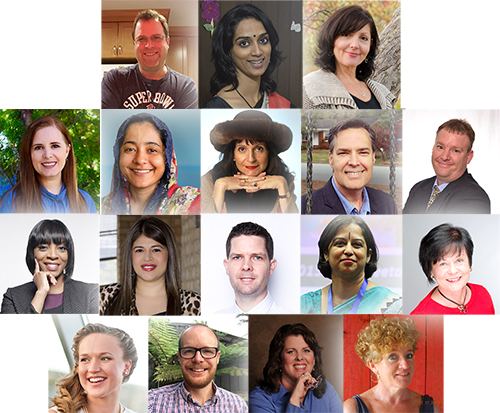
沃伦麻雀
Rashmi Kathuria, Maarit罗西
(所有照片都是CMRubinWorld礼貌)
和我一样,全球知名的思想领袖,包括迈克尔·巴伯爵士 (英国), 何. 迈克尔座 (美国), 何. 莱昂特司特因 (美国), 克莱克里斯坦森教授 (美国), 何. 琳达·达林 - 哈蒙德 (美国), 何. MadhavChavan (印度), 迈克尔·富兰教授 (加拿大), 霍华德·加德纳教授 (美国), 安迪·哈格里夫斯教授 (美国), 伊冯娜赫尔曼教授 (荷兰), 克里斯汀Helstad教授 (挪威), 让·亨德里克森 (美国), 玫瑰Hipkins教授 (新西兰), 科妮莉亚Hoogland教授 (加拿大), 这位杰夫·约翰逊 (加拿大), 太太. 尚塔尔考夫曼 (比利时), 何. EijaKauppinen (芬兰), 国务秘书TapioKosunen (芬兰), 多米尼克·拉方丹教授 (比利时), 休·劳德教授 (英国), 主肯麦克唐纳 (英国), 杰夫大师教授 (澳大利亚), 巴里McGaw教授 (澳大利亚), 希夫纳达尔 (印度), Ř教授. 纳塔拉詹 (印度), 何. 吴PAK (新加坡), 何. 丹尼斯教皇 (美国), 斯瑞达拉贾戈帕兰 (印度), 何. 黛安·拉维奇 (美国), 理查德·威尔逊·赖利 (美国), 肯·罗宾逊爵士 (英国), 帕西SAHLBERG教授 (芬兰), 押尾佐藤教授 (日本), 安德烈亚斯·施莱歇 (PISA, 经合组织), 何. 安东尼·塞尔顿 (英国), 何. 大卫·谢弗 (美国), 何. 基尔斯滕都沉浸式 (挪威), 总理斯蒂芬·SPAHN (美国), 伊夫Theze (LyceeFrancais美国), 查尔斯Ungerleider教授 (加拿大), 托尼·瓦格纳教授 (美国), 大卫·沃森爵士 (英国), 迪伦Wiliam教授 (英国), 何. 马克沃莫尔德 (英国), 西奥Wubbels教授 (荷兰), 迈克尔·杨教授 (英国), 和张民选教授 (中国) 因为他们探索所有国家今天面临的大画面的教育问题.
全球搜索教育社区页面
ç. M. 鲁宾是两个广为传诵的在线系列,她接受了笔者 2011 厄普顿·辛克莱奖, “全球搜索教育” 和 “我们将如何阅读?” 她也是三本畅销书, 其中 真正的爱丽丝梦游仙境, 是的发行 CMRubinWorld, 而且是干扰物基金会研究员.
按照ç. M. 鲁宾在Twitter: www.twitter.com/@cmrubinworld


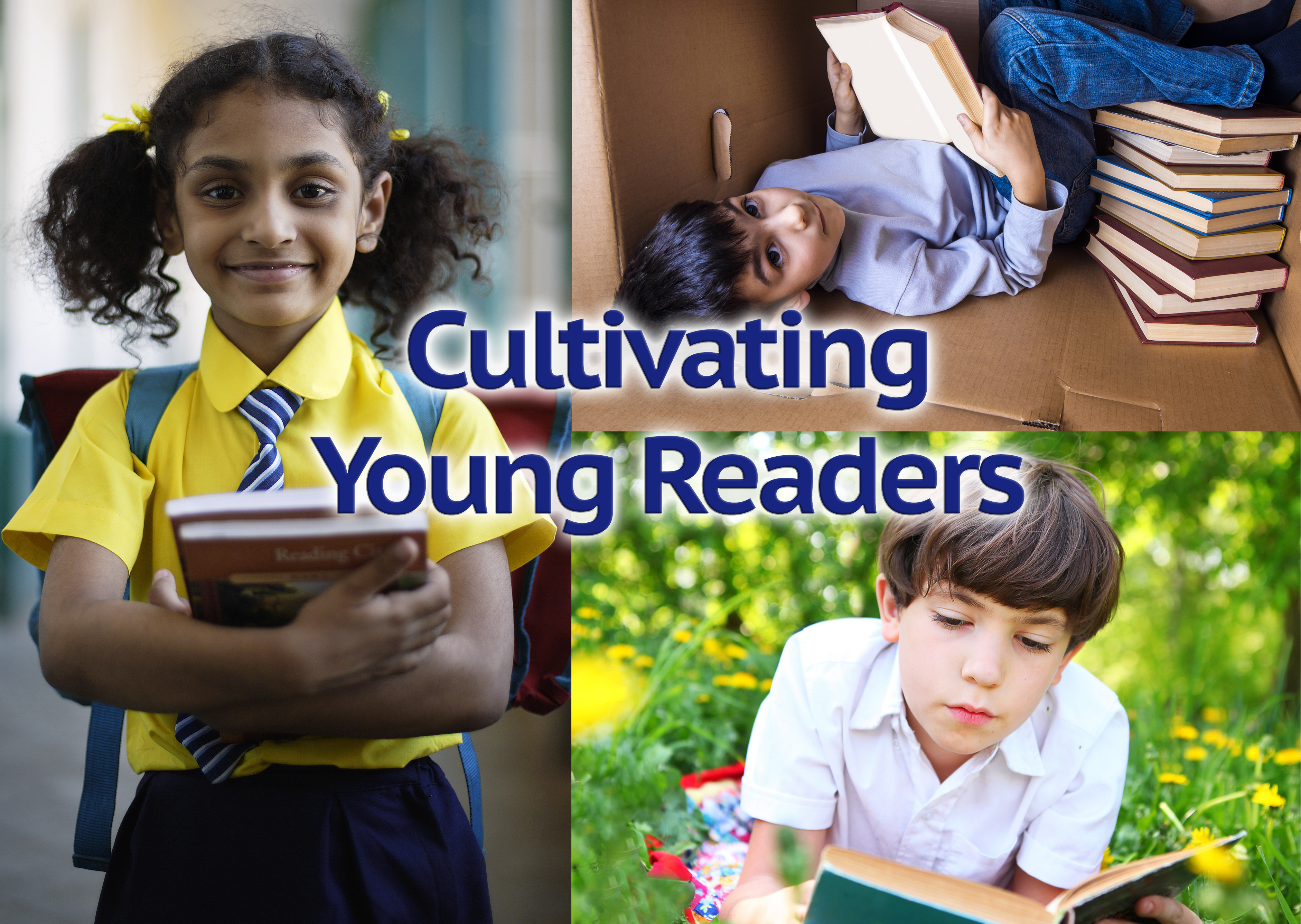

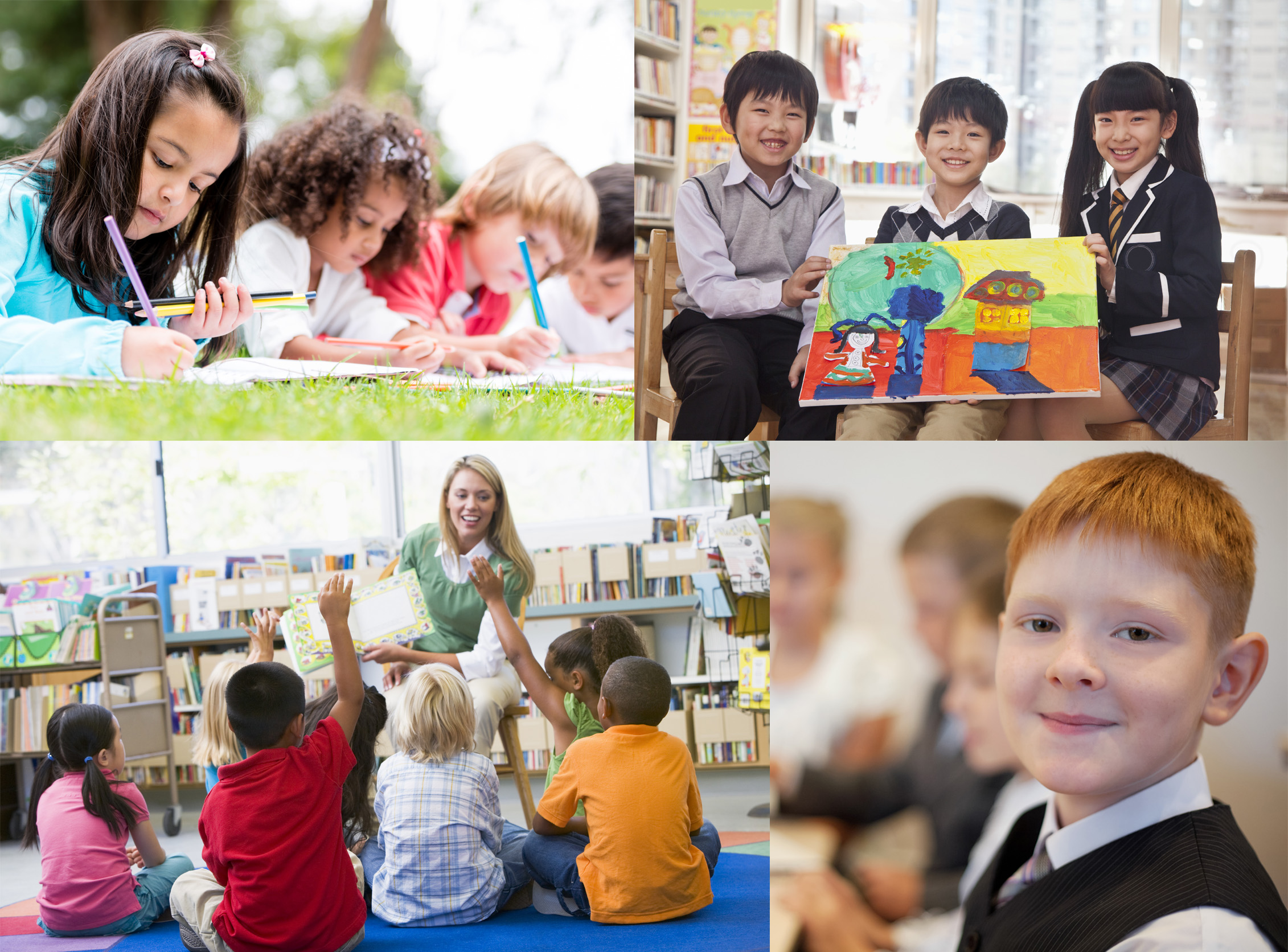
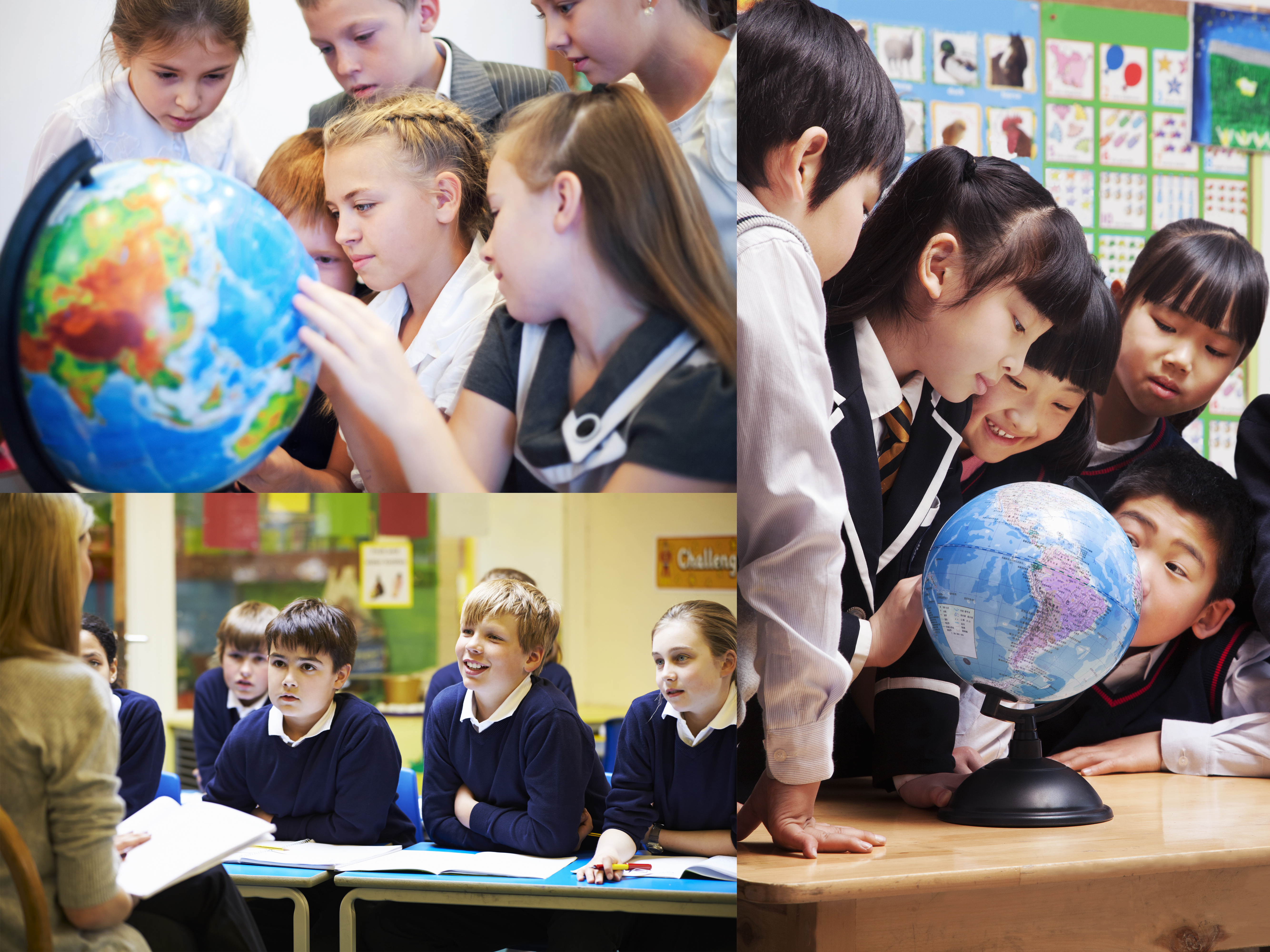
最新评论